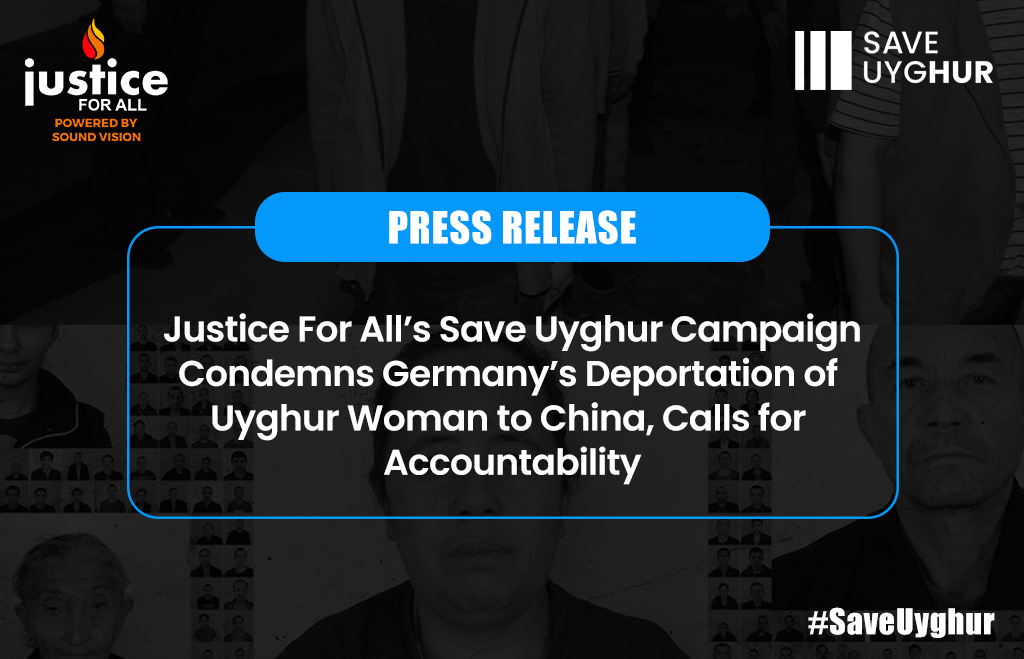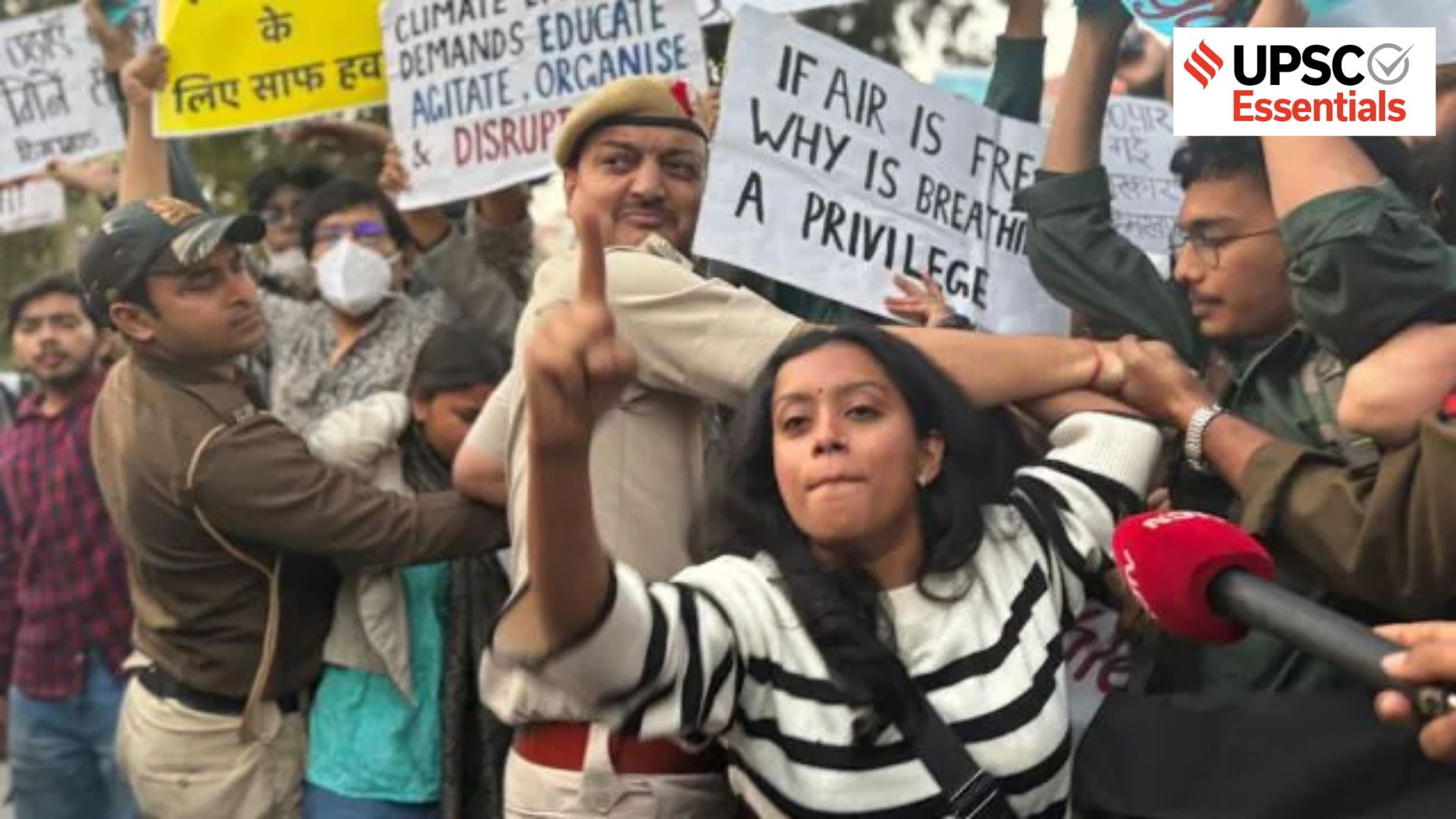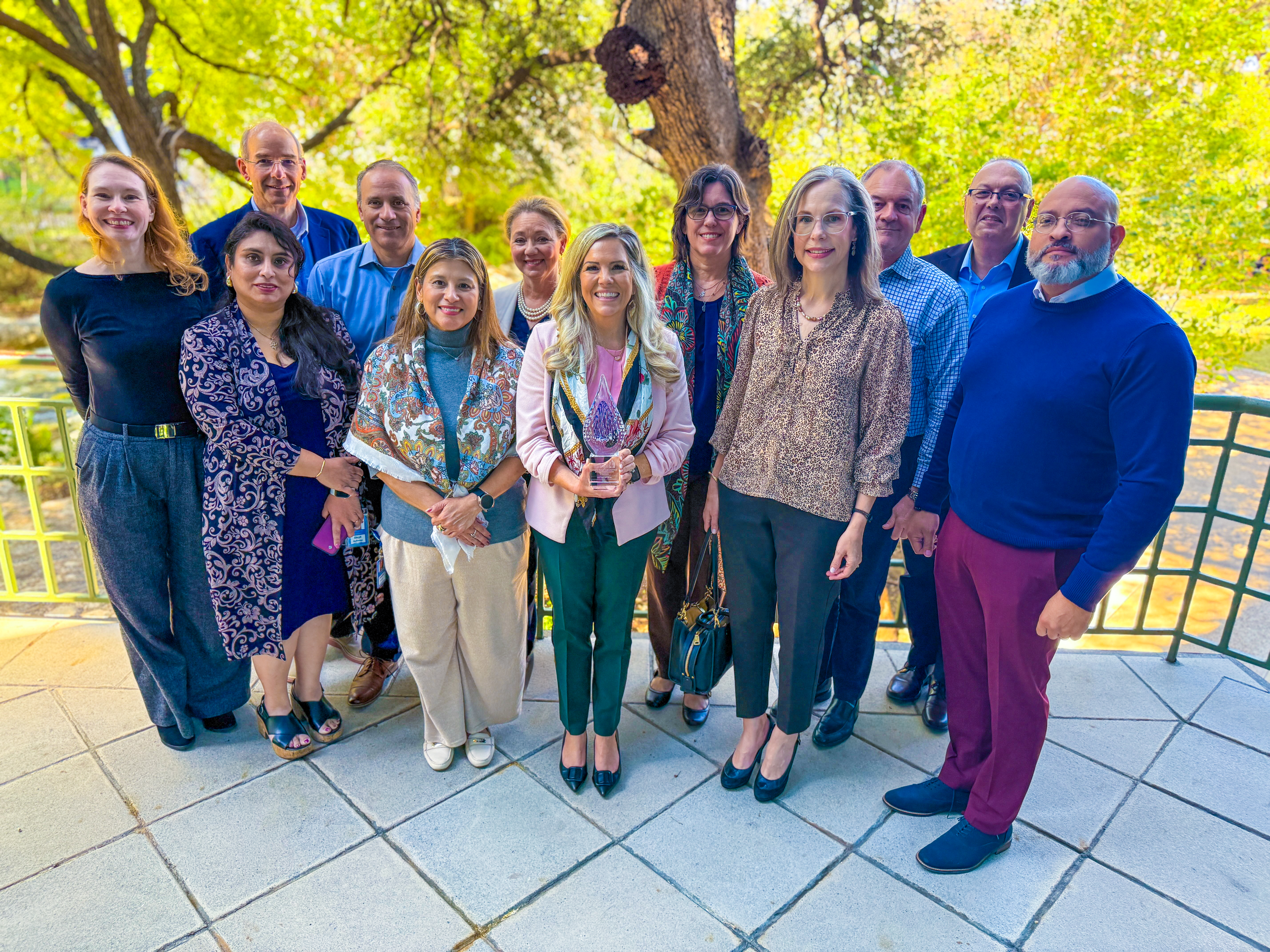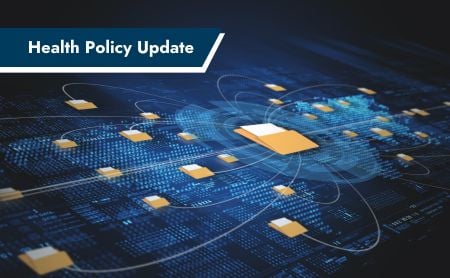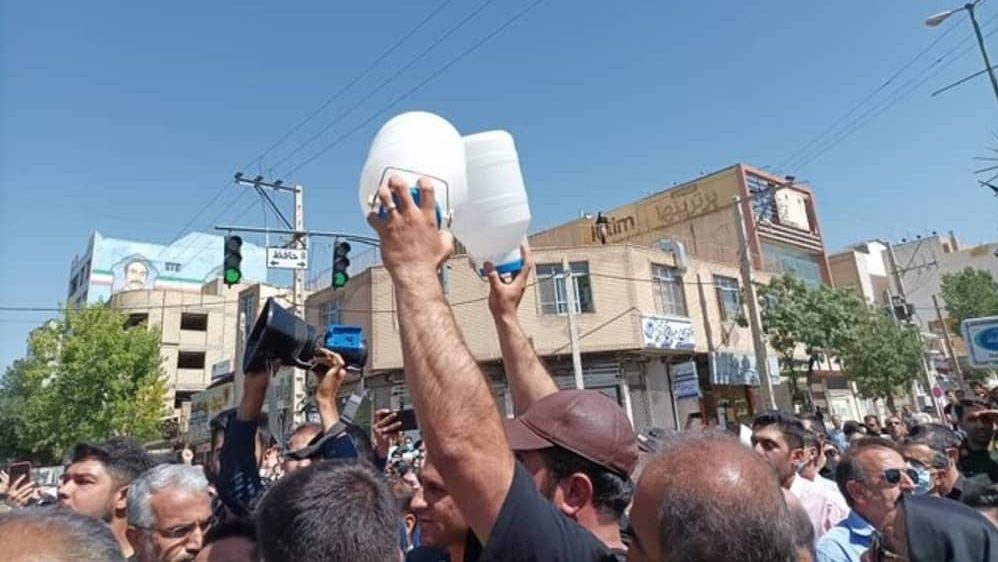Legal Brief: IHL Rules Applicable to Private Actors in Gaza – Diakonia

Report on the Involvement of Private Actors in Gaza Aid Delivery and Implications for Sustainable Development Goals
1.0 Introduction and Executive Summary
This report analyzes the role of private actors in the Israeli-imposed humanitarian aid delivery scheme in Gaza, initiated in May 2025. It assesses the implications of their involvement through the frameworks of International Humanitarian Law (IHL), humanitarian principles, and the United Nations Sustainable Development Goals (SDGs). The central focus is on the accountability of corporate entities, such as the ‘Gaza Humanitarian Foundation’, and the impact of their operations on achieving key global development targets.
2.0 Violations of International Law and Setbacks to Core SDGs
The aid delivery mechanism has been associated with significant violations of international law by Israel, which directly undermine progress on several SDGs.
2.1 Impact on SDG 2: Zero Hunger and SDG 3: Good Health and Well-being
- The scheme is implicated in violations of the prohibition against starvation, directly contravening the core objective of SDG 2 (Zero Hunger).
- Failures to facilitate impartial humanitarian activities compromise the delivery of essential supplies, negatively impacting SDG 3 (Good Health and Well-being) for the civilian population.
2.2 Impact on SDG 16: Peace, Justice and Strong Institutions
- Israel’s alleged violations of its obligations to protect civilians and consent to humanitarian relief undermine the principles of justice and rule of law central to SDG 16.
- The act of forced displacement is a severe breach of international law and a direct assault on the goal of peaceful and inclusive societies.
3.0 Private Sector Involvement and Challenges to SDG 17: Partnerships for the Goals
The participation of private entities, notably the ‘Gaza Humanitarian Foundation’ and its contracted security firms, raises critical questions regarding their contribution to IHL violations and their alignment with sustainable development principles.
3.1 Neutrality and Partnership Integrity
- The United Nations’ refusal to collaborate with the ‘Gaza Humanitarian Foundation’ due to neutrality concerns highlights a fundamental challenge to SDG 17 (Partnerships for the Goals). Effective partnerships must be built on trust and adherence to established humanitarian principles.
- The current model, involving private US-backed groups, suggests a departure from impartial, needs-based aid delivery, potentially exacerbating the crisis and undermining the effectiveness of international cooperation.
4.0 Legal Framework for Accountability and Upholding SDG 16
Clarifying the legal obligations of private actors is essential for ensuring accountability and upholding the principles of SDG 16 (Peace, Justice and Strong Institutions). This requires a comprehensive understanding of the applicable legal and ethical frameworks.
4.1 Key Legal and Accountability Considerations
- Applicability of IHL: Determining the extent to which International Humanitarian Law and core humanitarian principles (humanity, neutrality, impartiality, and independence) apply to private corporations operating in a conflict zone.
- Corporate Obligations: Defining the specific legal obligations of these entities to prevent their complicity in violations of international law.
- Personnel Protections: Clarifying the protections to which employees of these private actors are entitled under IHL.
- Accountability Mechanisms: Establishing clear avenues to hold both corporate entities and individuals within them accountable for actions that contribute to human rights and IHL violations.
1. Which SDGs are addressed or connected to the issues highlighted in the article?
The article discusses issues related to humanitarian aid, conflict, and the role of private actors, which directly connect to the following Sustainable Development Goals (SDGs):
-
SDG 2: Zero Hunger
The article’s central theme is the delivery of aid and “relief supplies” in Gaza. It explicitly mentions the “prohibition of starvation,” which is the most extreme form of hunger and food insecurity. This directly aligns with SDG 2’s aim to end hunger and ensure access to food for all, especially in vulnerable situations.
-
SDG 16: Peace, Justice and Strong Institutions
The article is framed as a “legal brief” analyzing violations of International Humanitarian Law (IHL). It discusses the need to “respect and protect civilians,” prevent “forced displacement,” and establish “avenues to hold them accountable.” These themes of justice, protection of human rights in conflict, and accountability are core components of SDG 16, which seeks to promote peaceful societies and build effective, accountable institutions.
-
SDG 17: Partnerships for the Goals
The article highlights the complex and problematic involvement of “private actors,” including a “private US security company” and the “Gaza Humanitarian Foundation,” in a state-imposed aid scheme. It also notes the UN’s refusal to cooperate with this foundation due to “neutrality concerns.” This situation is a direct example of a multi-stakeholder partnership (public-private) and its challenges, which is the focus of SDG 17.
2. What specific targets under those SDGs can be identified based on the article’s content?
Based on the issues discussed, the following specific SDG targets are relevant:
-
Under SDG 2: Zero Hunger
- Target 2.1: By 2030, end hunger and ensure access by all people, in particular the poor and people in vulnerable situations… to safe, nutritious and sufficient food all year round. The article’s focus on the “Israeli-imposed scheme purporting to deliver aid to Gaza” and the gathering of “displaced Palestinians… to receive relief supplies” directly relates to this target of ensuring food access for a vulnerable population facing the threat of starvation.
-
Under SDG 16: Peace, Justice and Strong Institutions
- Target 16.1: Significantly reduce all forms of violence and related death rates everywhere. The context is a conflict zone, and the article mentions Israel’s obligation to “respect and protect civilians,” which is fundamental to reducing violence and death rates among non-combatants.
- Target 16.3: Promote the rule of law at the national and international levels and ensure equal access to justice for all. The article’s purpose as a “legal brief” is to clarify the “legal framework,” analyze “violations” of IHL, and identify “avenues to hold them accountable.” This is a direct effort to apply the rule of international law and seek justice.
-
Under SDG 17: Partnerships for the Goals
- Target 17.17: Encourage and promote effective public, public-private and civil society partnerships. The article presents a case study of a public-private partnership involving Israel, a US-backed private foundation, and private security contractors. The mention that “the UN refuses to work with [it] over neutrality concerns” highlights the challenges in creating “effective” partnerships, making this target highly relevant.
3. Are there any indicators mentioned or implied in the article that can be used to measure progress towards the identified targets?
The article does not provide quantitative data, but it implies the need for several indicators to measure the situation:
-
For Target 2.1 (End Hunger)
- Implied Indicator: Prevalence of severe food insecurity. The mention of the “prohibition of starvation” and the need to “deliver aid to Gaza” implies that a key metric for assessing the situation is the number or proportion of the population suffering from extreme food shortages. The delivery of “relief supplies” is a direct response to this unstated metric.
-
For Target 16.1 (Reduce Violence)
- Implied Indicator: Number of civilian casualties or people affected by conflict. The obligation to “respect and protect civilians” and the mention of “forced displacement” imply that progress would be measured by tracking the safety and security of the civilian population, including deaths, injuries, and displacement numbers.
-
For Target 16.3 (Justice for All)
- Implied Indicator: Progress in holding perpetrators of IHL violations accountable. The article’s entire purpose is to “clarify the legal framework” and find “avenues to hold them accountable.” An indicator of progress would be the establishment of legal proceedings or other accountability mechanisms to address the “violations” mentioned.
-
For Target 17.17 (Effective Partnerships)
- Implied Indicator: Effectiveness and principles-adherence of humanitarian partnerships. The fact that the “UN refuses to work with” the private foundation due to “neutrality concerns” serves as a qualitative indicator. It suggests that the partnership is ineffective and not aligned with core humanitarian principles (like neutrality), which is a critical measure of a partnership’s success in this context.
4. Create a table with three columns titled ‘SDGs, Targets and Indicators” to present the findings from analyzing the article.
| SDGs | Targets | Indicators (Implied from the article) |
|---|---|---|
| SDG 2: Zero Hunger | 2.1: End hunger and ensure access to safe, nutritious and sufficient food for all people in vulnerable situations. | Prevalence of severe food insecurity or number of people requiring humanitarian aid (implied by the “prohibition of starvation” and the need for “relief supplies”). |
| SDG 16: Peace, Justice and Strong Institutions | 16.1: Significantly reduce all forms of violence and related death rates everywhere.
16.3: Promote the rule of law and ensure equal access to justice. |
Number of civilians affected by conflict, including forced displacement (implied by the obligation to “respect and protect civilians” and prevent “forced displacement”).
Establishment of mechanisms to address violations of IHL (implied by the search for “avenues to hold them accountable”). |
| SDG 17: Partnerships for the Goals | 17.17: Encourage and promote effective public, public-private and civil society partnerships. | Qualitative assessment of partnership effectiveness and adherence to principles (implied by the UN’s refusal to work with the foundation over “neutrality concerns”). |
Source: diakonia.se

What is Your Reaction?
 Like
0
Like
0
 Dislike
0
Dislike
0
 Love
0
Love
0
 Funny
0
Funny
0
 Angry
0
Angry
0
 Sad
0
Sad
0
 Wow
0
Wow
0


